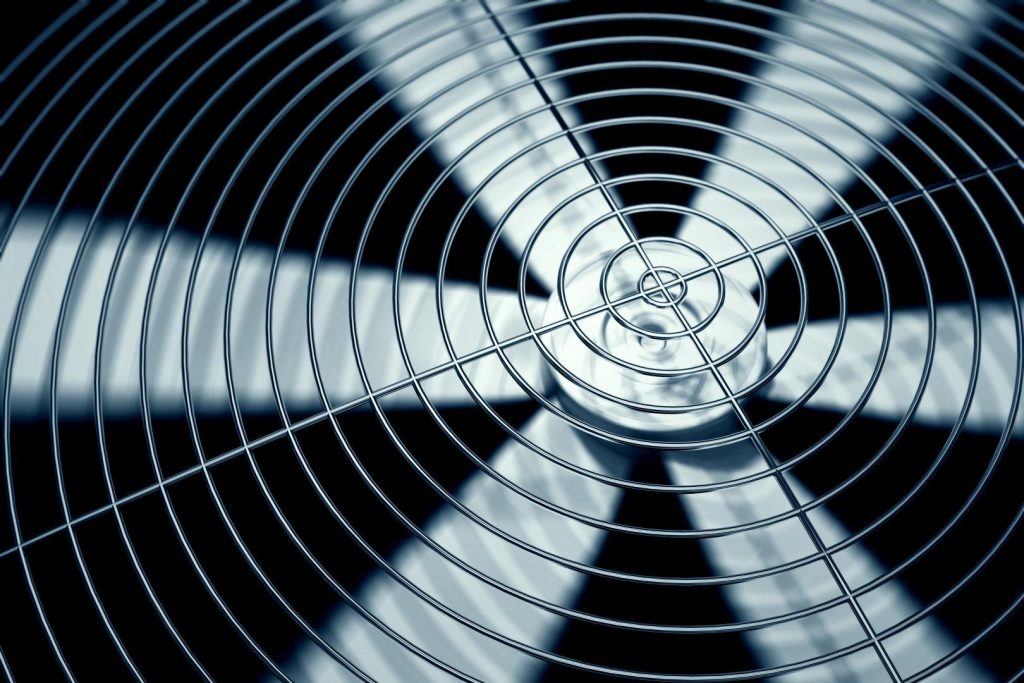Property owners are always looking for ways to reduce energy bills while maintaining good indoor air quality for their tenants. One way to do this is to optimize your ventilation system by capturing heat from the outgoing air before losing it to the outside, saving energy and bringing down your heating and cooling costs.
Heat recovery ventilator (HRV) and energy recovery ventilator (ERV) technology can help you do that efficiently. Knowing the main differences between the two systems is important in deciding which is best for your commercial property.
Heat Recovery Ventilators (HRVs)
When outside air is drawn into the interior of a building at a different temperature than the building air, it must be heated or cooled depending on your air temperature needs. Heat recovery ventilators allow for a controlled ventilation of the building while conserving as much energy as possible.
These energy-efficient units reduce heating costs during the winter by transferring sensible heat (the heat content of the air itself) from the warm inside air being ventilated outside to the fresh, cooler outdoor air. There is no mixing of the fresh outdoor air with the stale air being exhausted. In the summertime, the HRV unit works in the opposite way, using the inside air to cool the warmer incoming air.
HRV systems can catch up to 70 percent of the heat in the exhaust air, using it to preheat or pre-cool incoming fresh air. However, HRV systems can’t transfer moisture from the exhausted air to the incoming air, creating a dehumidification effect in the indoor space. For this reason, HRVs may be a good choice for tightly sealed spaces in a humid climate, especially if the vapor barriers within the space cause moisture from indoor activities to be trapped inside.
Energy Recovery Ventilators (ERVs)
ERVs operate in much the same way that HRVs do. However, they transfer both sensible heat and latent heat. Latent heat is the amount of energy required to first evaporate water into vapour (humidity), and then remove that water from the water vapour using condensation.
This means you’re essentially pre-drying the incoming air, which is beneficial in buildings with more latent heat sources, such as occupant respiration, than a building’s traditional HVAC system was designed for. ERV systems mitigate this condition and help protect and preserve the life of your HVAC components by preventing them from being overly taxed.
In short, ERVs allow owners to save energy while improving humidity control, making them a suitable option for locations with hot, humid summers. The added control over air moisture can potentially bring in bigger heating and cooling savings than HRV systems.
Benefits of HRV and ERV Systems
Although there are a few significant differences between HRV and ERV systems, both systems offer similar benefits, including:
- Reduced energy consumption: By reducing the need to heat or cool incoming outside air, you’ll be lowering your energy need. Although ERVs require additional ventilation to operate efficiently, the energy savings will negate any extra energy consumed from the increased use of fans.
- Improved indoor air quality: Because HRV and ERV systems help reduce the energy needed to condition incoming outdoor air, you can increase air intake. This helps you optimize your ventilation system, which leads to better quality indoor air.
- Reduced peak demand: HRVs and ERVs helps you reduce the amount of air that your HVAC system must heat or cool. This can help lower your building’s peak demand – electricity use during the times of day when the unit is using the most energy and when rates are highest – which lowers your energy bill even more.
There are other, more distinct benefits with different HRV and ERV devices, such as enthalpy wheels, fixed-plate heat exchangers, heat pipes, and runaround loops. To learn more about them, contact your local HVAC professional.
Read More: 3 Problems That Will Affect Your Cooling and Refrigeration System Efficiency
Get Started With Additional Energy Savings Today
The best way to explore whether to use an HRV or ERV system for your commercial property is to get a professional analysis of your building’s energy needs. Our team of qualified technicians would be happy to come to your location and provide you with recommendations on how we can bring you increased energy savings using HRV or ERV technology, so you can make an informed choice about which option is best for you.
As always, we’re happy to answer your questions about how Springbank Mechanical Systems can make managing your commercial property easier and more cost-effective.
Gregg Little, Paul De Thomasis, and Hugo Lopes are co-owners of Springbank Mechanical Systems. They can be reached at 905-569-8990, or via email at gregg@springbank.com or paul@springbank.com or hugo@springbank.com.

